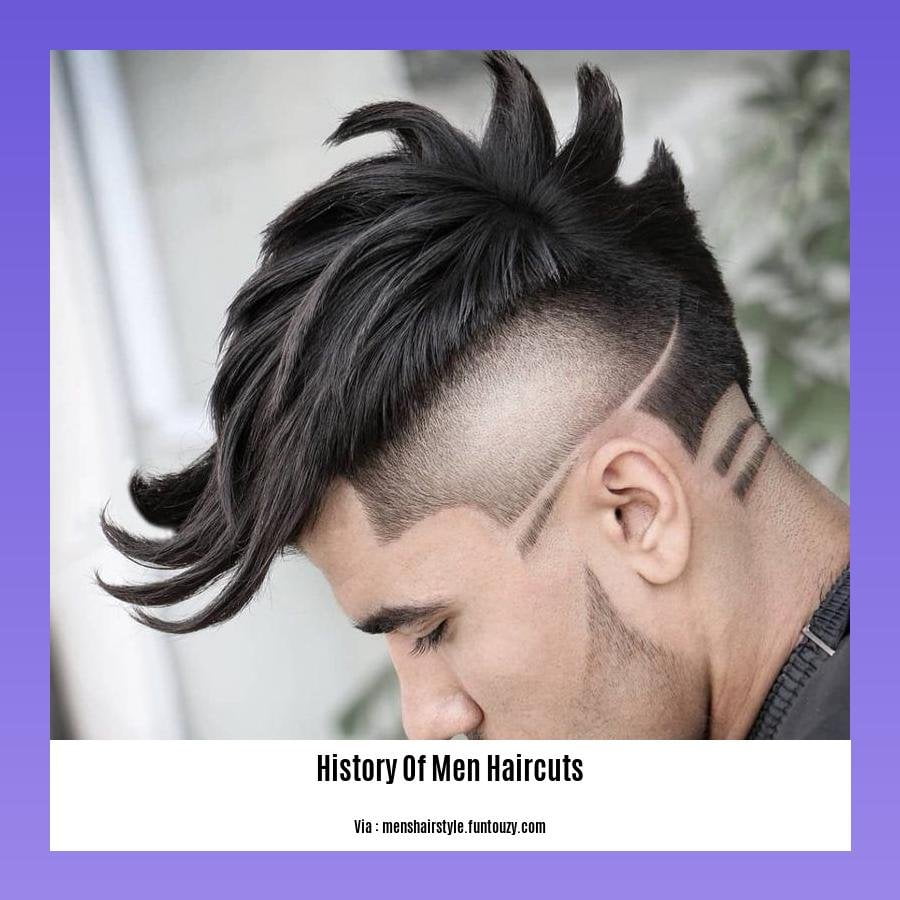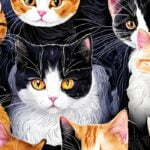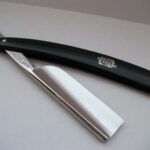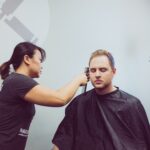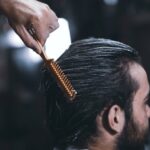Embark on a captivating journey through the annals of men’s hairstyles in [A Journey Through Time: Exploring the History of Men’s Haircuts]. From ancient times to the present day, discover the fascinating evolution of men’s grooming practices, the cultural influences that shaped them, and the iconic styles that defined each era. Prepare to be inspired as we delve into the stories behind the styles that have adorned the heads of men throughout history.
Key Takeaways:
The history of men’s hairstyles has ancient roots, with biblical stories like Samson and Delilah showcasing their cultural significance.
During the Renaissance, men experimented with diverse haircuts and styles, expressing their social status and personal tastes.
In the 1700s, men’s hairstyles became elaborate, characterized by powdered wigs and long curls, reflecting the influence of the French court.
The 20th century introduced a wide range of iconic men’s hairstyles, mirroring societal changes and cultural shifts.
History of Men Haircuts
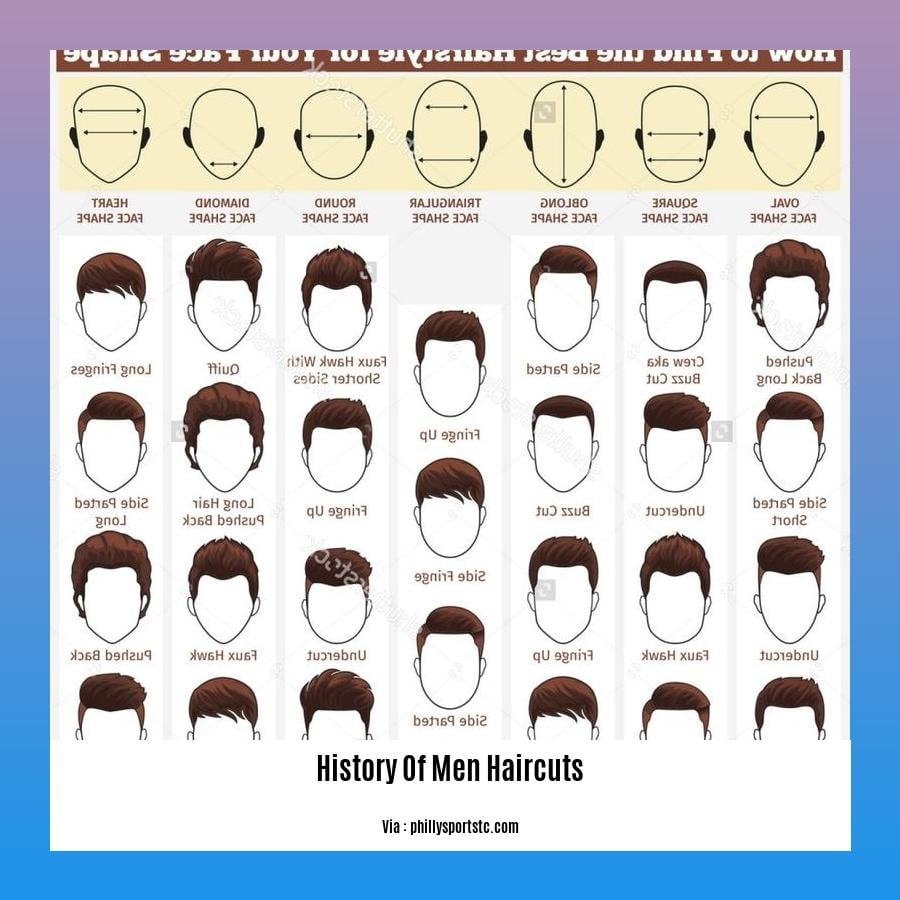
Throughout history, men’s hairstyles have evolved dramatically, reflecting cultural shifts, societal norms, and personal expression. From the iconic styles of ancient civilizations to the ever-changing trends of the modern era, men’s haircuts have served as a canvas for self-expression and a symbol of the times.
Ancient Times:
In ancient times, hairstyles held cultural and religious significance. The story of Samson and Delilah underscores the importance of hair in biblical narratives, where Samson’s strength is tied to his uncut locks. Ancient Egyptians shaved their heads for cleanliness and adorned themselves with wigs and intricate head coverings, while the Greeks and Romans sported short, well-groomed styles befitting their athletic pursuits.
Renaissance Era:
The Renaissance era marked a period of experimentation and individuality in men’s hairstyles. Influenced by the lavishness of the French court, men began adopting elaborate styles, often featuring long, curled locks and elaborate hairpieces. This era also saw the rise of the barber-surgeon, who performed not only medical procedures but also hair styling and grooming services.
18th Century:
During the 18th century, men’s hairstyles reached new heights of extravagance. The powdered wig became a symbol of status and wealth, with elaborate styles featuring curls, braids, and even feathers. The popularity of wigs extended beyond the aristocracy, with men from all walks of life sporting these elaborate coiffures.
19th Century:
The 19th century brought a shift towards more natural hairstyles. Shorter, simpler styles became popular, reflecting the changing social and cultural landscape of the time. The rise of the middle class led to a demand for hairstyles that were both practical and stylish, resulting in the popularity of styles like the pompadour and the side part.
20th Century:
The 20th century witnessed a proliferation of iconic men’s hairstyles. The early decades saw the rise of the slicked-back style, popularized by Hollywood stars like Cary Grant and Clark Gable. The 1950s brought the pompadour and the ducktail, symbols of the rock ‘n’ roll era. The 1960s and 1970s ushered in longer, more relaxed styles, influenced by the counterculture movement. The 1980s saw the rise of the mullet, a controversial style that remains a cultural icon.
Modern Era:
Today, men’s hairstyles are as diverse as ever before. From the classic crew cut to the trendy undercut, men have a wide range of styles to choose from. The rise of social media and the influence of celebrities have made it easier than ever for men to find inspiration and experiment with new looks.
In conclusion, the history of men haircuts is a testament to the ever-changing nature of fashion and personal expression. From the elaborate styles of ancient times to the modern era’s diverse offerings, men’s hairstyles have reflected cultural shifts, societal norms, and individual creativity.
To learn more about the rich history of midwifery in Ghana, click here.
The Inspirations Behind Men’s Hairstyle History
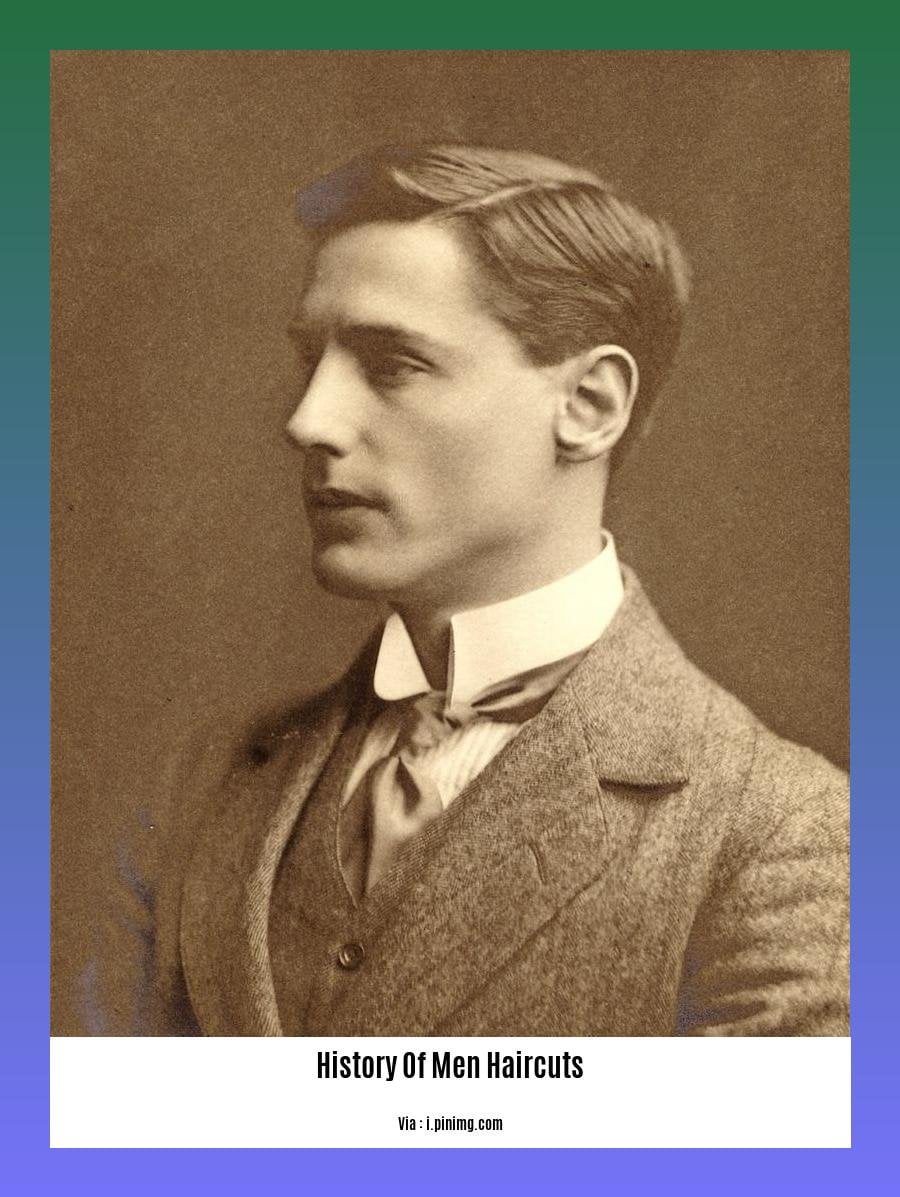
Throughout history, men’s hairstyles have evolved along with cultural, social, and even political changes. From ancient times to the modern era, let’s explore some of the inspirations that have shaped these trends:
Ancient Influences
In ancient civilizations, hairstyles often carried deep significance beyond mere aesthetics. Egyptians shaved their heads to stay cool in the desert heat, but pharaohs and nobles wore elaborate wigs to display power and status. Ancient Greeks celebrated athleticism, and their hairstyles reflected this, with short, practical cuts that allowed for freedom of movement.
Cultural Identity
Hairstyles have long been used to express cultural identity. The samurai of feudal Japan sported the iconic chonmage topknot, symbolizing their warrior spirit. In Native American cultures, hairstyles held spiritual and tribal importance, with intricate braids and feathers woven into their locks.
Religious Beliefs
Religion has played a significant role in shaping hairstyles throughout history. In many cultures, tonsuring—the shaving of hair—was a sign of devotion or humility. Sikh men, for example, follow the tradition of keeping uncut hair and beards as a symbol of their faith.
Social Class
In some societies, hairstyles denoted social class. In the elaborate court of Louis XIV, French aristocrats powdered their wigs and styled them to dizzying heights, while the commoners kept their hair much shorter and simpler.
Fashion and Trends
Fashion and trends have been major drivers of hairstyle evolution. The 1950s saw the rise of the slicked-back pompadour, popularized by Elvis Presley, while the 1980s brought us the iconic mullet, a symbol of rock ‘n’ roll rebellion.
Celebrities and Pop Culture
In modern times, celebrities and pop culture icons have become major influencers of hairstyle trends. From the Beatles’ mop tops to David Beckham’s countless styles, these trendsetters have shaped the way men wear their hair.
Evolving Attitudes
Changing societal attitudes have also impacted men’s hairstyles. In the past, long hair on men was often seen as unconventional or even taboo, but today, it’s widely accepted and even celebrated.
Key Takeaways:
- Cultural Factors: Hairstyles have been shaped by cultural influences such as ancient traditions, religious beliefs, and social class distinctions.
- Social and Political Influences: Men’s hairstyles have reflected social and political changes, with styles evolving alongside societal shifts.
- Celebrities and Fashion: In modern times, celebrities and fashion trends have played a significant role in shaping men’s hairstyles.
- Personal Expression: Today, men’s hairstyles are often seen as a form of personal expression, allowing individuals to showcase their unique styles and identities.
Sources
- The History of Men’s Hairstyles
- Men’s Hairstyles Through the Ages
The 20th Century – A Century of Iconic Men’s Hairstyles
The 20th century was a fascinating era that witnessed remarkable shifts in men’s hairstyles, mirroring changing cultural norms. From the slicked-back styles of the 1920s to the rebellious cuts of the 1960s, let’s embark on a journey through the iconic men’s hairstyles that defined each decade.
1920s: The Slicked-Back Undercut
In the Roaring Twenties, men’s hair was all about sleekness and sophistication. The slicked-back undercut, with its short back and sides and longer top, was the go-to style for dapper gents. Often paired with a hat, this haircut exuded an air of confidence and elegance.
1930s: The Hollywood Influence
The rise of Hollywood in the 1930s brought with it a surge of iconic men’s hairstyles inspired by silver screen heartthrobs like James Dean and Clarke Gable. The side-parted, medium-length style with a hint of wave became immensely popular, reflecting the glamour and charm of the era.
1940s: The Military Crop
World War II had a significant impact on men’s hairstyles, leading to the widespread adoption of short and practical cuts. The military crop, characterized by its even, short length all around, became the standard for both soldiers and civilians, symbolizing a sense of unity and discipline.
1950s: The Pompadour and Quiff
The 1950s ushered in a wave of rock ‘n’ roll energy, and with it came bold and rebellious hairstyles. The pompadour, popularized by Elvis Presley, featured a voluminous top that was slicked back and up, creating a dramatic effect. The quiff, another variation, had a similar shape but with a more casual, swept-up front.
1960s: The Long and Shaggy Era
The 1960s marked a departure from the clean-cut styles of the past. Longer hair became a symbol of counterculture and individuality, influenced by rock icons like The Beatles and Bob Marley. Shaggy, textured cuts with fringes and sideburns were the norm, reflecting a spirit of freedom and experimentation.
Key Takeaways:
- Men’s hairstyles in the 20th century mirrored cultural shifts and evolving societal norms.
- The slicked-back undercut of the 1920s represented an era of elegance and sophistication.
- The 1930s saw the influence of Hollywood, with hairstyles inspired by silver screen icons.
- World War II led to the adoption of short, practical military crops.
- The 1950s brought bold hairstyles like the pompadour and quiff, popularized by rock ‘n’ roll stars.
- The 1960s ushered in an era of long and shaggy cuts, symbolizing counterculture and individuality.
[Relevant Sources]:
– The Most Iconic Men’s Hairstyles In History: 1920 – 1969
– 5 Iconic Men’s Hairstyles Through the Ages
FAQ
Q1: What was the significance of hairstyles in ancient times?
A1: Hairstyles in ancient times held cultural, religious, and social significance, often signifying an individual’s status, power, and affiliation with a particular group or belief system.
Q2: How did the Renaissance era influence men’s hairstyles?
A2: The Renaissance era marked a significant shift in men’s hairstyles, with European men adopting shorter, layered styles that reflected their personal tastes and status, breaking away from the longer, uniform styles of the Middle Ages.
Q3: What factors influenced men’s hairstyles in the 20th century?
A3: The 20th century witnessed a diverse range of men’s hairstyles, influenced by cultural shifts, societal changes, and popular culture, including the rise of Hollywood and music icons.
Q4: How did World War II impact men’s hairstyles?
A4: World War II had a significant influence on men’s hairstyles, leading to the widespread adoption of short-cropped military cuts for practical reasons, reflecting the utilitarian and functional nature of the era.
Q5: Which hairstyles were popular in the 1950s and 1960s?
A5: The 1950s saw the rise of the high quiff and pompadour style, popularized by cultural icons such as Elvis Presley and James Dean, while the 1960s ushered in longer, fuller-fringed cuts, influenced by music legends like The Beatles and Bob Marley.
- Georgia Platform: A Southern Strategy, 1850s - March 31, 2025
- How many weeks is 40 days: Quick Conversion Guide for Accurate Results - March 31, 2025
- How many feet is 300 meters? 984 Feet: Understand Length Conversions Easily - March 31, 2025
